Overhead spots in the interior
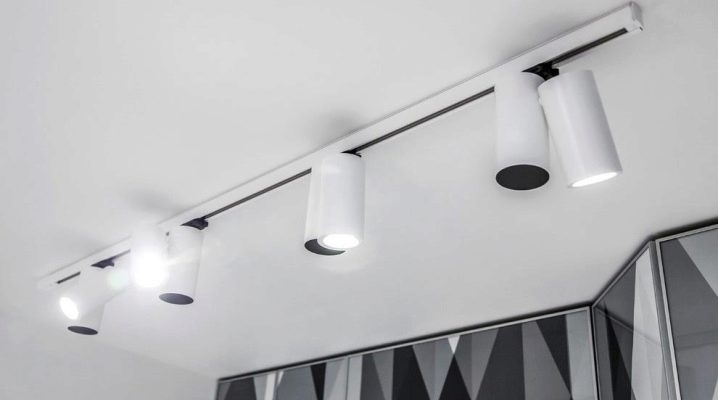
Professional designers distinguish overhead spots as a versatile lighting fixture. The main thing is to correctly choose the model and design of the ceiling lamp. Therefore, before buying, you need to figure out what overhead spots are, what are their types, features and options for using in the interior.
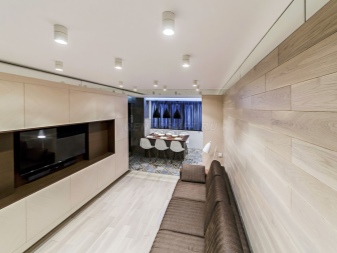
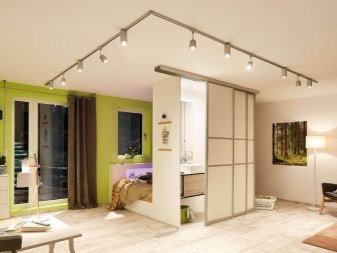
Peculiarities
The main feature of overhead spots is that they allow you to zone a room. With the help of rational spot lighting with spots, you can create separate areas in one room that will visually divide the space according to style and design. If earlier overhead spots were used mainly in office centers and other office premises, today they are actively used for arranging lighting in apartments, private cottages and wooden houses.
The use of spots helps designers to translate into reality more ideas in interior design.
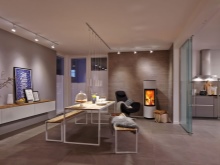
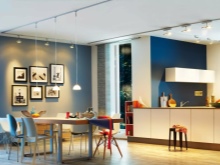

The main features of overhead spots in the interior.
- Small size. Compared to massive chandeliers, compact overhead spots, consisting of one or more shades, take up much less space while providing better lighting. The main advantage of overhead lamps is that their installation does not require a ceiling space. The body of the device can be fixed anywhere, and its design will only emphasize the style of the entire interior.
- Uniform lighting. Thanks to the LED lamps and the special design of the device, the light from it is always delivered clearly directed, so the overhead spots almost do not form shadows.
- Possibility of choosing the direction of light. Many models of overhead spots have a special rotary mechanism in their design. It allows the owner to independently choose the angle and inclination of the light supply and illuminates all areas of the room. With the correct placement, 3-4 overhead spots can successfully replace a lot of standard spotlights.
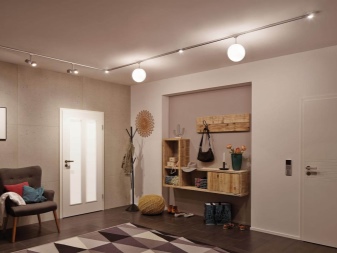

What are they?
Unlike built-in luminaires, which are "buried" in a special niche, the overhead spot is mounted directly on the ceiling surface. Therefore, their designs and modifications are much more than that of other lighting devices and spotlights.
There are, for example, not only single models, but also double or triple spots, where several lamps can be fixed on one bar (the number depends on personal choice).
Such a design in small rooms becomes a full-fledged chandelier, providing good lighting due to LED lamps, but at the same time significantly saving room space.
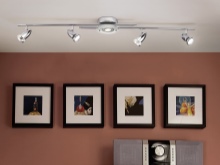


Overhead spots are divided into 3 main types.
- With bracket mounting. The lighting fixture is fixed to the ceiling on a special bracket with nuts. The bracket itself is pre-attached to the surface with self-clamping dowels. In some models, this type of mount allows you to change the direction of the light. In addition, many models of this plan may have two or more reflectors.
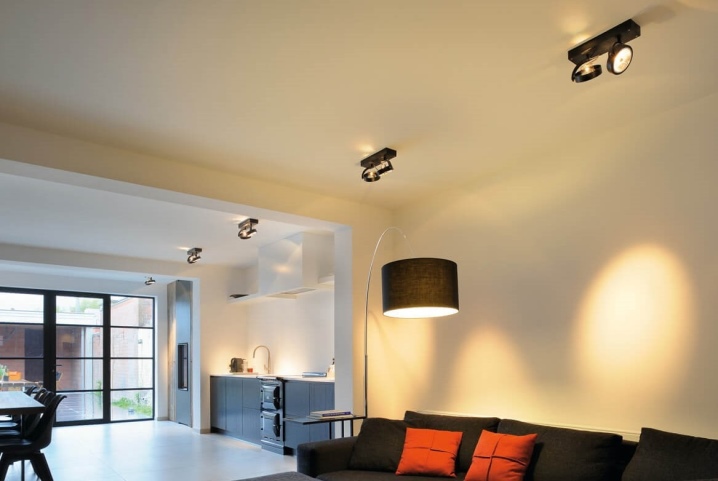
- With hook attachment. The principle of fastening is similar to the previous one - a hole is drilled in the ceiling with a perforator, a special hook is screwed into it, on which the spot is then fixed.
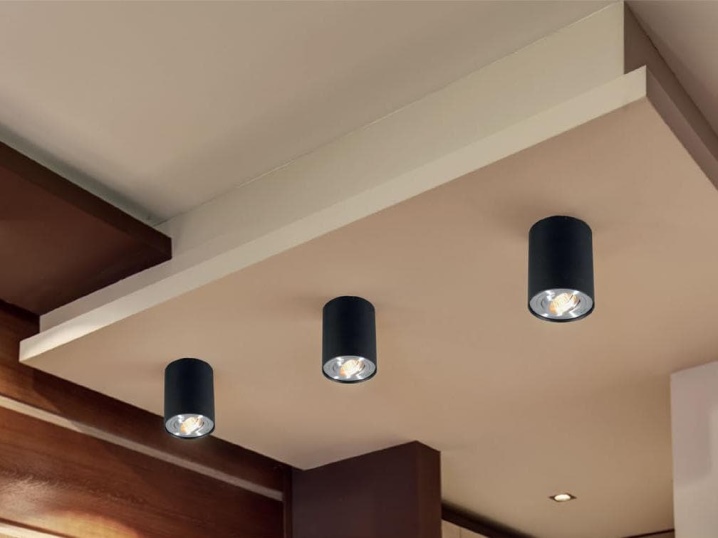
- With bar mount. Lighting devices in a row are mounted on a special metal rod fixed to the wall or ceiling. At the same time, the spot itself can cling both stationary and on a turning mechanism.The sizes and designs of the stays can also be different, depending on the conditions and requirements of the room. They are single, triangular, square.
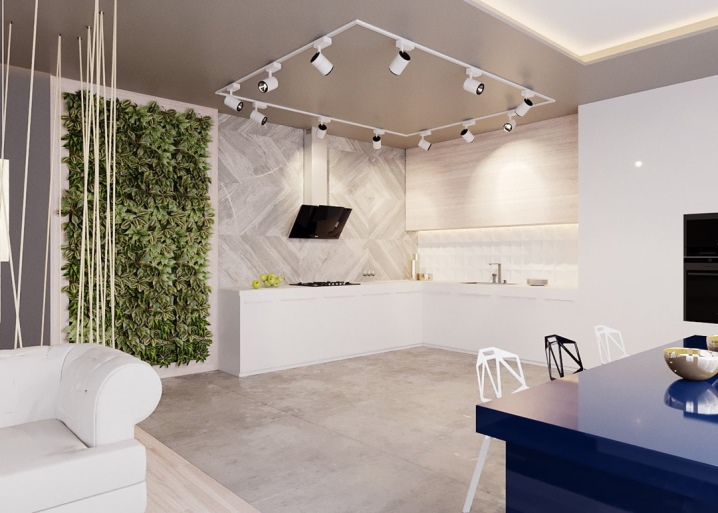
Design
In interior design, overhead spots can not only emphasize the overall style of room decoration, but also create your own compositions in combination with other attributes and furniture elements.
Designers most often use overhead spots:
- for additional illumination of panels and paintings, in order to highlight these elements as much as possible, especially in large rooms;
- when you need to focus on wall or ceiling decorations - the original texture, stucco;
- to create various light patterns on walls and ceilings;
- for permanent and temporary zoning of the premises;
- to visually enlarge the room in small apartments and studios.
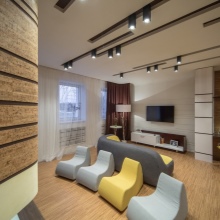

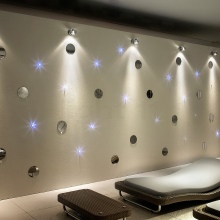
The design and shape of the device itself can be completely different. Depending on the manufacturer's idea, invoices can be:
- white;
- gray;
- black;
- "bronze";
- square;
- round;
- triangular.
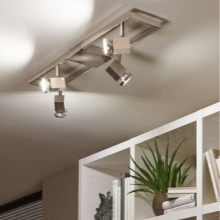
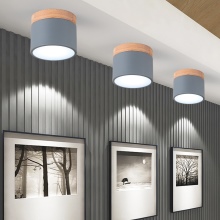
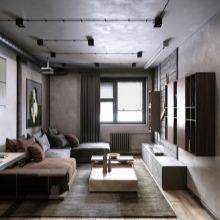
Examples in the interior
Double or triple designs are more suitable for the kitchen; they, taking up a minimum of space on the ceiling, provide high-quality lighting in both the working and dining areas.
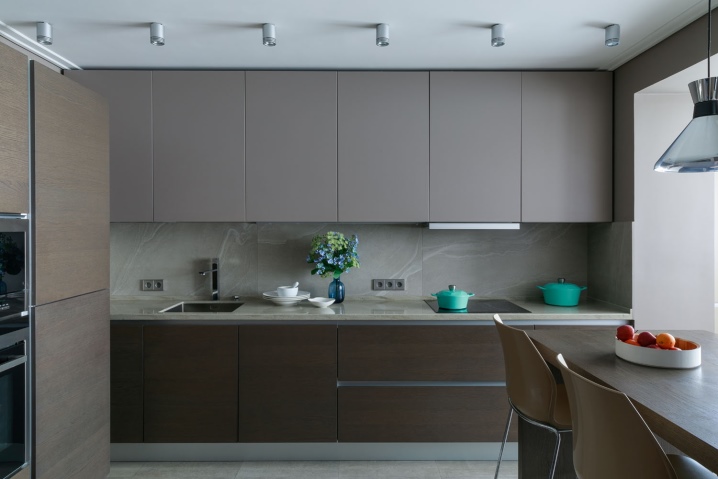
Very often, overhead lamps are used when decorating a high-tech kitchen. In the living room, overhead spots are used both independently and in combination with other lighting fixtures. They are very convenient when you need to turn off the main light in a large room and leave only a certain area illuminated, for example, near a sofa or coffee table.
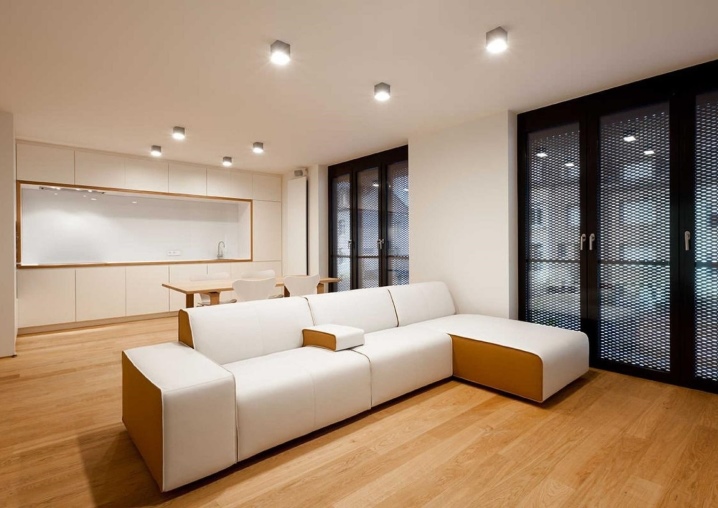
Overhead spots are great for large rooms in loft style, minimalism, popular industrial style.
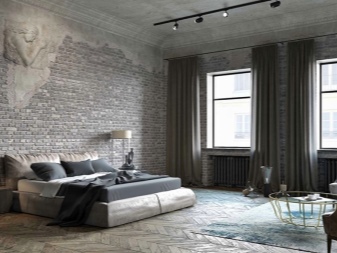
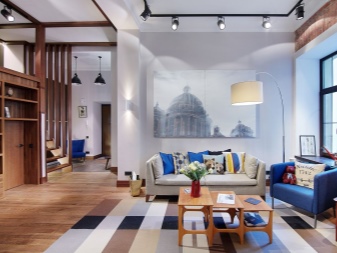












The comment was sent successfully.